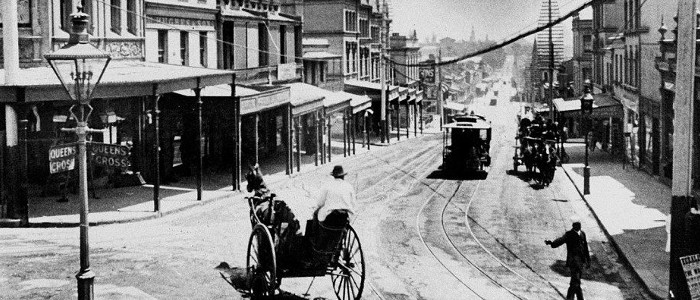The Stamp Act of 1712 imposed a stamp tax on United Kingdom publishers

The Stamp Act of 1712 imposed a stamp tax on United Kingdom publishers. The tax was levied on all publishing including newspapers, pamphlets, legal documents, commercial bills, advertisements, and other papers. The tax was initially assessed at one penny per whole newspaper sheet, a halfpenny for a half sheet, and one shilling per advertisement. The stamp tax doubled the cost of newspapers to two pennies and consequently halved the number of papers purchased.
Apart from raising revenue, the tax was implemented with the objective of monitoring and controlling the press. Their aim was to restrict the publication of writings that were intended to excite hatred and contempt of the Government. This was achieved by making publishers exempt from the tax if they pledged their patronage to members of the Parliament of Great Britain.
Over time the stamp tax increased 400% which crucified printers’ businesses as they made newspapers unaffordable to the majority of the population. To reduce the cost of the tax, printers began to produce newspapers that were two or three times as large but comprised of only one sheet of paper. Although the newspapers had to be folded multiple times to be sold they were popular as they had eight written columns but could be sold at the price that two had been taxed at.
Although the Stamp Act was repealed in 1766, newspapers were moderately taxed until 1855. Due to this unofficial taxation of newspapers, printers maintained the broadsheet shape even into the modern era.
"You’d be stupid not to try to cut your tax bill and those that don’t are stupid in business"
- Bono: U2




